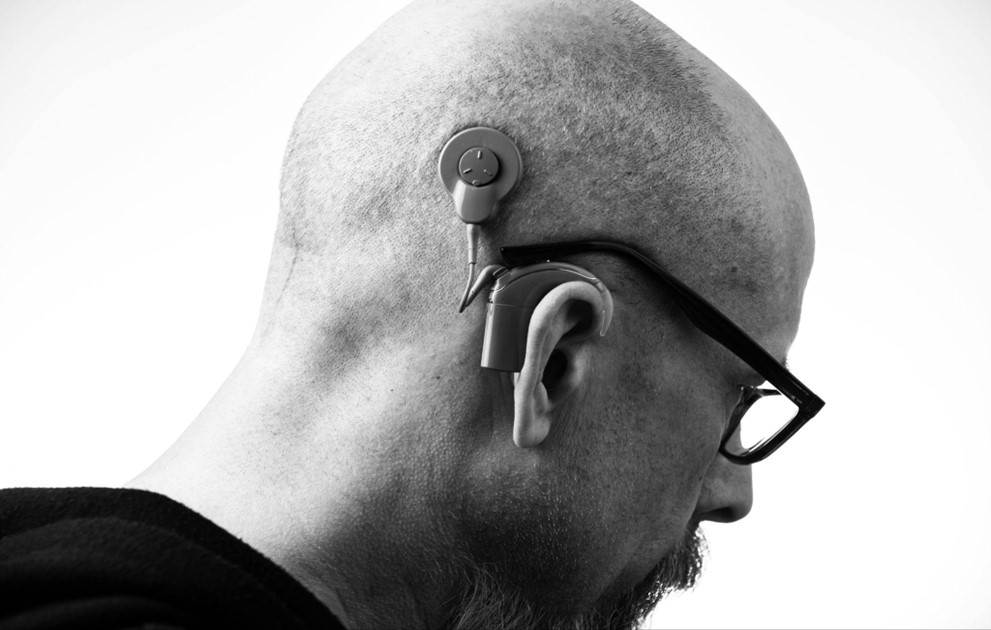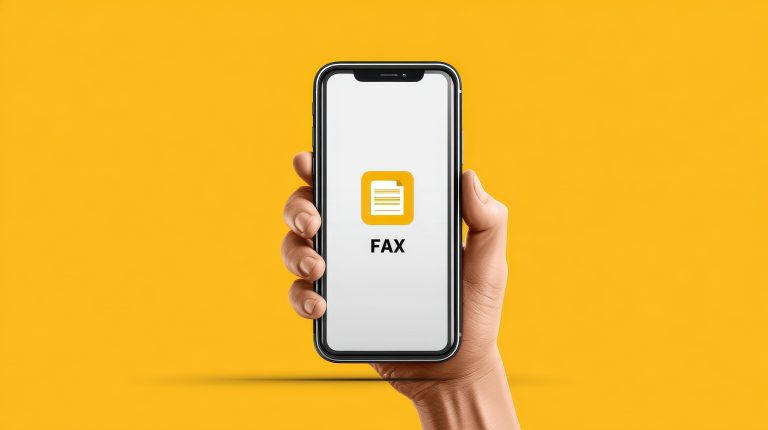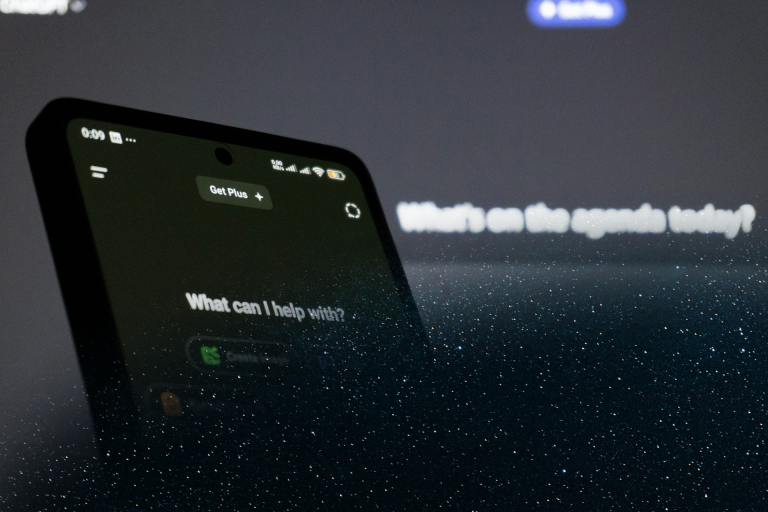Technology has always been a powerful tool for change, but in recent years, its impact on inclusivity has been truly transformative. With advancements in various sectors, technology is breaking down barriers for people with disabilities and ensuring that they can fully participate in society. Whether through assistive devices, smart applications, or advanced communication tools, technology is opening doors to new opportunities for inclusivity in unprecedented ways.
In this post, we explore how advanced technologies are creating more inclusive environments for individuals with different needs and abilities, highlighting the innovations that are making a significant impact.
The Role of Technology in Inclusivity
Inclusivity means ensuring that everyone, regardless of their physical, sensory, or cognitive abilities, has access to the same opportunities and experiences. In the past, many aspects of society were inaccessible to people with disabilities, limiting their ability to engage in everyday activities. However, the rise of advanced technologies has started to change this, offering tools that address these challenges and promote equality.
Today, technology is playing a key role in enhancing the lives of people with disabilities by providing customized solutions that cater to individual needs. For instance, people who are deaf or hard of hearing can now communicate more easily thanks to real-time translation apps, voice-to-text software, and smart hearing aids. Similarly, individuals with visual impairments benefit from screen readers, navigation apps, and other accessibility tools designed to improve mobility and independence.
The goal of these technologies is to create an environment where all people, regardless of their abilities, can participate fully in daily life, work, and education. As the tech industry continues to innovate, we are seeing an increasing number of solutions that prioritize inclusivity and help close the gap for marginalized communities.
Innovations in Assistive Technologies
Assistive technologies have transformed how people with disabilities interact with the world, making daily tasks more accessible and fostering greater independence. These technologies span a wide range of tools, from wearable devices to software that caters to specific needs.
Smart Hearing Aids: One of the most notable advancements is in the area of hearing aids. Modern hearing aids are not just amplifiers—they come equipped with AI capabilities that adjust to different environments, filter background noise, and provide clearer sound. This innovation has drastically improved the quality of life for individuals with hearing impairments by enhancing communication and social engagement.
Wearable Tech: Another exciting development is wearable technology. Devices like smartwatches and eyeglasses can offer real-time captioning, translating spoken language into text for individuals with hearing loss. These innovations provide discreet yet powerful solutions, making communication in public spaces and meetings far more accessible.
Mobile Applications: Mobile technology has seen a surge in assistive apps designed to help individuals with disabilities. For example, apps for deaf people can offer real-time transcriptions during conversations, enabling smoother communication. Other apps facilitate video calls using sign language interpreters or provide visual notifications for phone alerts, ensuring that users never miss important information.
AI and Voice Recognition: AI-driven voice recognition tools are playing an essential role in assistive tech, enabling individuals to interact with devices through voice commands. For people who struggle with typing or using traditional interfaces, this can be a game-changer.
These assistive technologies are not just about making life easier—they are about creating an inclusive environment where everyone can fully participate, regardless of physical or sensory limitations.
In addition, wearable devices like smart glasses are also making waves in assistive technology. Some smart glasses offer visual aids that help people with low vision navigate their surroundings or recognize faces. Other models provide captions for speech, translating spoken words into written text displayed on the glasses, providing a discreet yet powerful solution for improving communication.
Breaking Down Barriers with AI and Machine Learning
Artificial intelligence (AI) and machine learning have been transformative forces in many industries, and their impact on inclusivity is no different. These technologies are being used to develop more sophisticated tools that can adapt to the specific needs of users, offering highly personalized solutions that make everyday life more accessible.
For example, AI-powered speech recognition software has advanced significantly in recent years. This technology can now recognize different accents, dialects, and speech patterns, making it more inclusive for people with speech disabilities. AI can also be used to translate sign language into spoken language and vice versa, bridging the gap between people who use sign language and those who do not understand it.
In education, AI is being used to create adaptive learning platforms that cater to students with diverse needs. These platforms can adjust the level of difficulty, the format of the content, and the pace of learning based on the student’s abilities, making education more accessible for students with learning disabilities or cognitive challenges. By creating a more personalized learning experience, AI ensures that all students have the opportunity to succeed, regardless of their individual challenges.
Expanding Accessibility Through Smart Apps
Mobile apps have become a staple in our everyday lives, but their role in promoting inclusivity is often overlooked. With the rise of accessibility-focused apps, people with disabilities now have more control over their environments and can interact with the world in new ways.
For individuals who are deaf or hard of hearing, apps that provide text-based communication options are invaluable. Many modern apps offer real-time captioning services, video calls with sign language interpreters, and even visual alerts for phone calls or alarms. These apps allow users to stay connected with others and remain engaged in their communities.
Navigation apps are another area where accessibility is making significant strides. For people with visual impairments, navigating public spaces can be challenging. Apps that offer audio guidance or integrate with GPS systems can provide step-by-step directions, help users avoid obstacles, and alert them to important landmarks. This kind of accessibility makes it easier for people with disabilities to travel independently and confidently.
Inclusive Design in Consumer Technology
One of the most promising trends in tech development is the focus on inclusive design. Companies are increasingly recognizing the importance of designing products and services that are accessible to everyone, not just a select few. This shift in mindset is resulting in more consumer technologies that are built with inclusivity at their core.
For instance, many smartphones now come with built-in accessibility features, such as screen readers, voice controls, and customizable display settings. These features allow users with disabilities to tailor their devices to meet their specific needs, making technology more accessible to a wider audience.
The gaming industry is also making strides in inclusive design. Video game developers are incorporating features like customizable controls, subtitles, and colorblind modes to ensure that players with disabilities can enjoy their games just as much as anyone else. By designing with inclusivity in mind, these companies are expanding their customer base and creating more meaningful experiences for all users.
The Future of Inclusive Technology
As technology continues to evolve, the future looks bright for inclusivity. The combination of AI, machine learning, and advanced assistive technologies has the potential to create a more equitable world where people with disabilities can participate fully in all aspects of life.
Future innovations will likely include even more advanced wearable devices, smart home technologies that cater to individual needs, and AI-driven platforms that can adapt in real-time to the challenges faced by people with disabilities. As companies and developers prioritize inclusivity in their design processes, the opportunities for people with disabilities to engage with technology will continue to expand.
In addition, there is growing awareness among tech companies about the importance of accessibility in the digital space. As regulations evolve and consumer demand increases, businesses will need to continue investing in technologies that make their products and services accessible to all.
Conclusion
Advanced technologies are reshaping the world of inclusivity, offering new opportunities for people with disabilities to participate fully in society. From AI-powered assistive tools to apps that break down communication barriers, these innovations are making life more accessible for millions of individuals. As we continue to prioritize inclusivity in tech development, we can look forward to a future where everyone, regardless of ability, has the opportunity to thrive in a more connected and accessible world.







